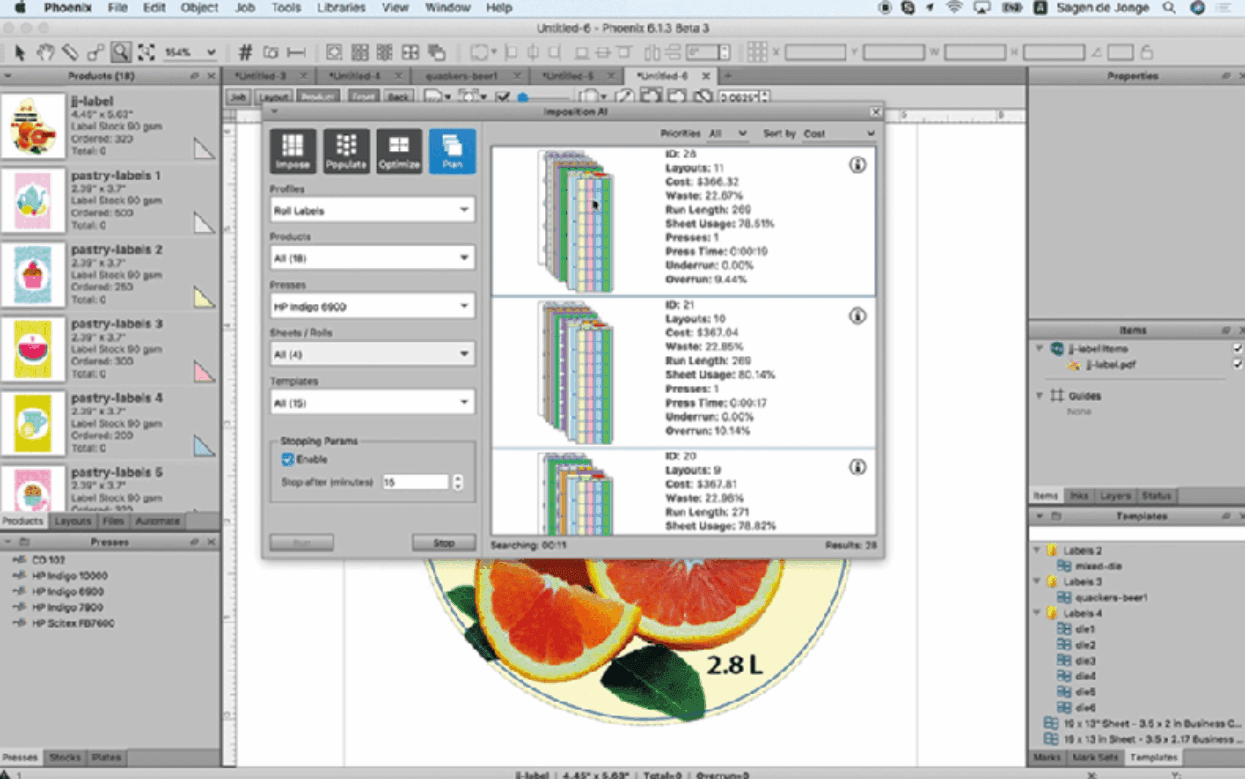Automation
How to optimise imposition with automated technology
Author
FESPA Staff
Published Date
28/11/2022
Become a FESPA Member
to Continue Reading
